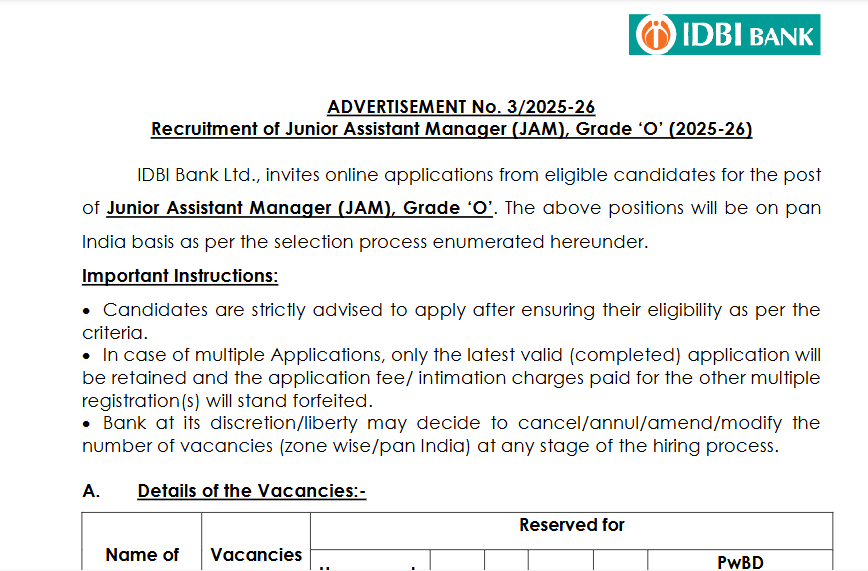Asiatic lions are one of the rarest species in the world, with their last remaining habitat being the Gir Forest National Park and Sanctuary in Gujarat, India. In recent years, the population of Asiatic lions has been steadily growing, which has led to their down-listing from the “Critically Endangered” category to the “Endangered” category. However, the challenges in the conservation of the Asiatic lions persist, and it is vital to protect and conserve these majestic animals for the future.
To address the need for long-term conservation of the Asiatic lion population, the Hon’ble Prime Minister of India announced Project Lion from the Red Fort on the 74th Independence Day. Project Lion aims to secure the future of the Asiatic lions and their habitat in the country. The project is a collaborative effort of the Government of India, the Government of Gujarat, and the local communities.
In this article, we will discuss the current status of Asiatic lions in India, the objectives of Project Lion, and the efforts being made to conserve and restore the habitats of these magnificent animals.
Table of Contents
Current Status of Asiatic Lions in India
The Asiatic lions are currently present in Gir National Park and Sanctuary and its surroundings, covering an expanse of ~30000 km² which is termed as the Asiatic Lion Landscape. The population of Asiatic lions has been growing, with 674 individuals, as per June 2020 estimates by the Gujarat Forest Department. The distribution of Asiatic Lions constitutes (permanent distribution range = 16000 sq. km; area as per visitation record = 14000 sq. km; in total = 30000 sq. km) in the Asiatic Lion Landscape.
The steady growth of the lion population in the last decades has been a result of timely protection measures taken by the Government of Gujarat and the support of the people. Asiatic lions have now moved to forested patches through conducive corridors, and they are distributed in nine districts of Saurashtra, namely Junagadh, Gir Somnath, Amreli, Bhavnagar, and Rajkot Botad, Porbandar, Jamnagar, and Surendranagar. Recently, Asiatic lions have reached Barda Wildlife Sanctuary.
Objectives of Project Lion
The broad objectives of Project Lion are to conserve and restore the habitats of Asiatic lions for managing its growing population, scale up livelihood generation and participation of local communities, become a global hub of knowledge on big cat disease diagnostics and treatment, and achieve inclusive biodiversity conservation through the project lion initiative.
Efforts to Conserve and Restore Lion Habitats
Under Project Lion, the Government of India and the Government of Gujarat are implementing various measures to conserve and restore the habitats of Asiatic lions. These measures include the creation of a modern veterinary hospital and a diagnostic laboratory, setting up GPS-enabled radio collars to monitor the movement of lions, and the construction of the Girnar Ropeway to reduce human-animal conflicts.
Furthermore, the Government of Gujarat is working with local communities to promote eco-tourism and create livelihood opportunities. The government is also developing the Kuno-Palpur Wildlife Sanctuary in Madhya Pradesh as a second home for the Asiatic lions.
Frequently Asked Questions (FAQs)
Q. What is Project Lion?
A. Project Lion is an initiative by the Government of India and the Government of Gujarat to secure the future of Asiatic lions and their habitat in the country.
Q: How many Asiatic lions are present in India?
A: As per the June 2020 estimates by the Gujarat Forest Department, there are around 674 Asiatic lions present in India. This is a significant increase from the early 20th century, where the population of Asiatic lions was as low as 20 individuals.
Q: Where are Asiatic lions found in India?
A: Asiatic lions are found in the Gir National Park and Sanctuary and its surrounding areas, such as Girnar Sanctuary, Mitiyala Sanctuary, Pania Sanctuary, coastal areas, Savarkundla, Liliya, and adjoining areas of Amreli and Bhavnagar districts as satellite populations. They have also moved to forested patches through conducive corridors and are now distributed in nine districts of Saurashtra, namely Junagadh, Gir Somnath, Amreli, Bhavnagar, and Rajkot Botad, Porbandar, Jamnagar, and Surendranagar, covering an expanse of ~30000 km-2 which is termed as the Asiatic Lion Landscape. Recently, Asiatic Lions have also been spotted in Barda Wildlife Sanctuary.
Q: What is the status of Asiatic lions in India?
A: The steady growth of the lion population in the last few decades has led to the down-listing of the species from the “Critically Endangered” in the 1990s to the “Endangered” category in 2008 by the IUCN Red List. However, the Asiatic lion population still faces various threats, such as habitat loss, poaching, and human-lion conflicts.
Q: What is Project Lion, and what are its objectives?
A: Project Lion is an initiative launched by the Indian government to secure the future of Asiatic lions in the country. The broad objectives of the project are to conserve and restore lion habitats for managing its growing population, scale up livelihood generation and participation of local communities, become a global hub of knowledge on big cat disease diagnostics and treatment, and promote inclusive biodiversity conservation through the Project Lion initiative.
Q: What is the Ministry of Environment, Forest and Climate Change seeking regarding Project Lion?
A: The Ministry of Environment, Forest and Climate Change is seeking a logo design for Project Lion. The logo should have an attractive design depicting the Project Lion, and the winner of the logo design contest will get a sponsored tour (with a two-night stay) to Gir National Park and Wildlife Sanctuary.
In conclusion, the future of Asiatic lions in India looks promising with the government’s efforts to conserve and restore lion habitats through initiatives such as Project Lion. However, it is also crucial for people to understand the importance of protecting these magnificent creatures and coexisting with them sustainably. With collective efforts, we can ensure a bright future for the Asiatic lion population in India.
Logo Design competition Project Lion
Ministry of Environment, Forest and Climate Change is seeking a logo design for Project Lion. The logo should have an attractive design depicting the Project Lion.
Rewards
Winner will get sponsored tour (with two night stay) to Gir National Park and Wildlife Sanctuary.
Participation Link Here
Check More Updates like that on our Official website

























Wow, amazing weblog layout! How long have you ever been running a blog for?
you make running a blog look easy. The whole look of your web site is excellent, let alone the content!
Good day! I could have sworn I’ve been to this website before but after checking through some of the post I realized it’s new to me. Anyways, I’m definitely delighted I found it and I’ll be book-marking and checking back frequently!